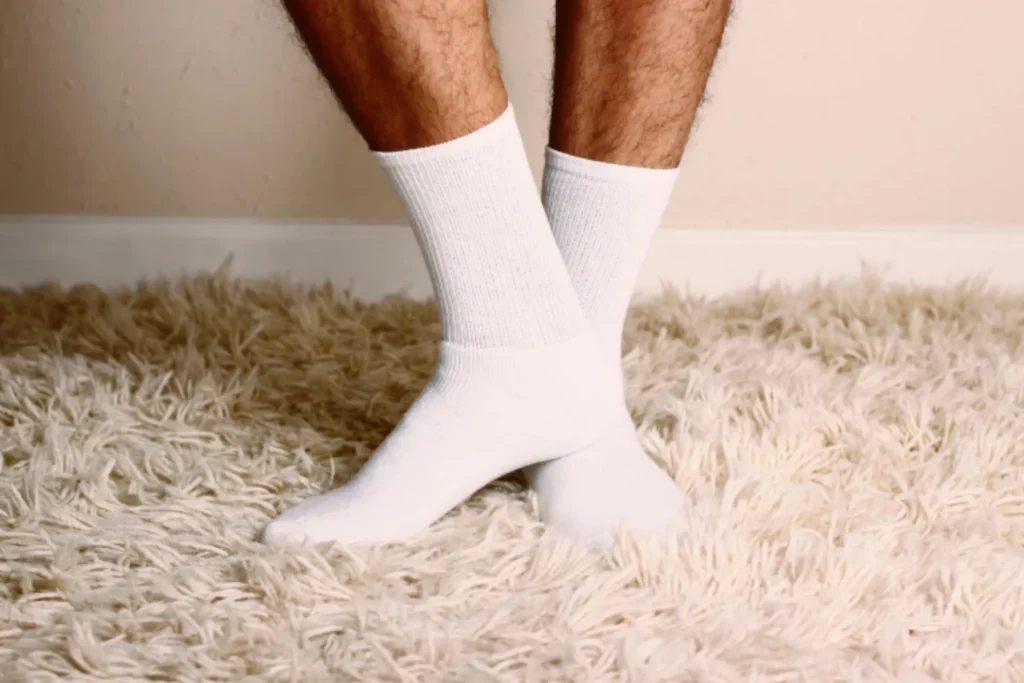The pain of unsightly toenails isn’t just painful; it can seriously affect your quality of life. The infection can prevent people from wearing sandals and participating in water activities, two things many people look forward to in the summer. Onychomycosis is common, and it’s having a major impact on people’s health. It’s caused when a fungus that lives on your skin — which is virtually everywhere — grows under your toenail. And what you might not realize is that the condition can spread from your toenails to your feet as athlete’s foot, which causes its own set of problems.
The World Health Organization estimates that over 250 million people throughout the world suffer from fungal infections. Onychomycosis is one of the most common types of nail infection and can be difficult to treat at home. If you suspect you have onychomycosis or if your condition is worsening at home, consult with a medical professional for diagnosis and treatment.
What are the most common causes of fungal nail infections?
Dermatophytes are the fungus responsible for causing onychomycosis or toenail fungus. The most common causes of fungal nail infections are dermatophytes. Dermatophytes are a kind of fungus that feeds on keratin to grow and multiply. They can be found everywhere but thrive in warm and moist areas like your shoes or shower. When this fungus attacks your toenails, it grows underneath the nail and makes it thicker.
How can toenail fungus be prevented?
When you’re in a public place, you want to be as hygienic as possible. This is why people often opt to wear flip-flops — they’re incredibly easy to slip into and out of, they’re light, and they keep your feet safe from wet surfaces.
Wash your feet daily, using soap and warm water. Then dry them thoroughly with a towel, paying special attention to the spaces between the toes.
If you’re in a damp environment or like to go hiking in the rain and snow, carry some foot powder with you. Not only does it dry out your feet, but it kills bacteria and stop your feet from smelling. You should also be changing your socks daily or every other day while hiking, especially in the summer when your feet can perspire quite a bit.
Having neatly trimmed and straight across toenails will help prevent them from becoming ingrown, which could lead to an infection of your nail bed.
No matter what the weather is outside, you can be sure that wearing the right type of socks and shoes will keep your feet warm and comfortable. But more importantly, they’ll keep your feet healthy and fungus-free during the winter months. When you wear shoes, you may not think about how they can affect your toes’ health, but shoes that are too tight or don’t let your toes breathe will leave them susceptible to onychomycosis.
If you’re unsure if you have a fungal infection or if you just want to make sure your problem is treated as quickly and effectively as possible, it’s best to consult with a podiatrist. Since podiatrists treat fungal infections all the time, they know how best to treat them — often with one or more of the treatment options made available.
*This blog contains general information about medical conditions and is not advice. You must not rely upon the information in this blog as medical advice. Medical advice should always be sought from an appropriately qualified podiatrist such as ourselves.
